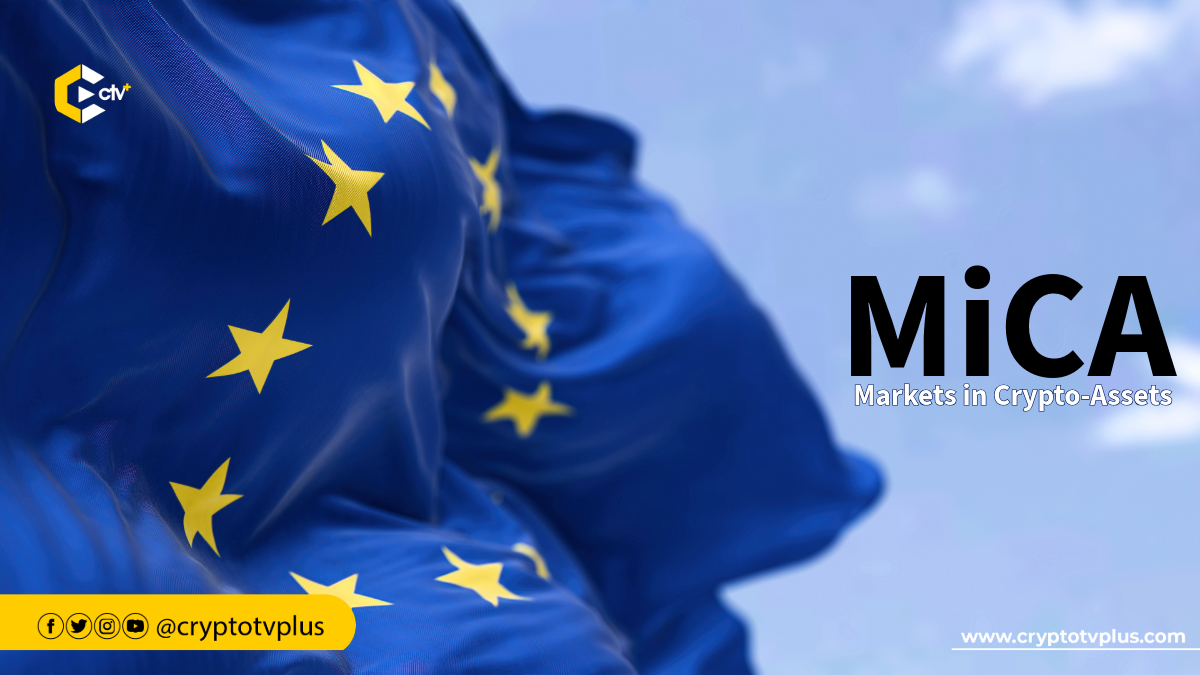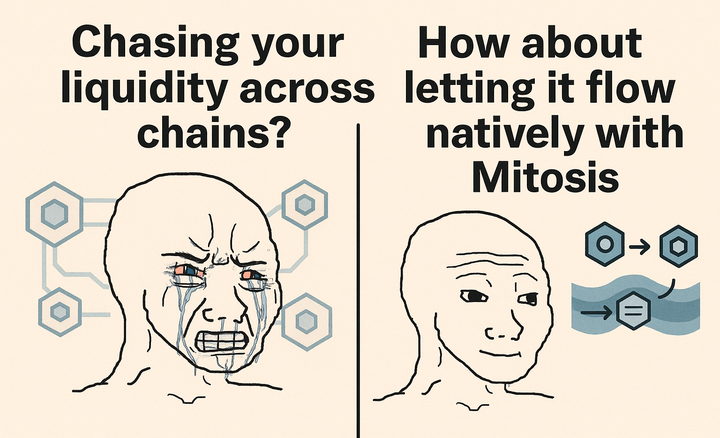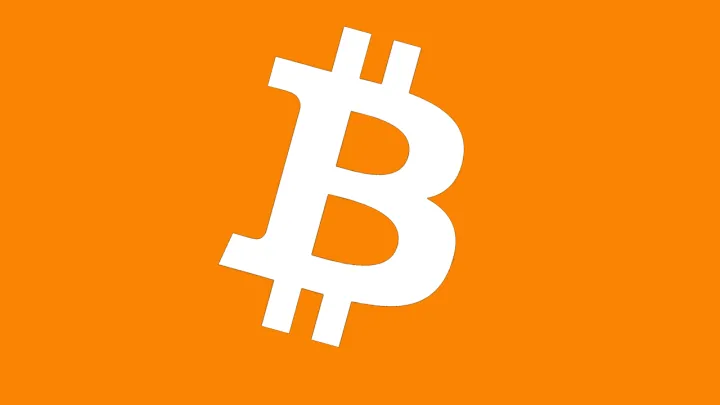Tether CEO Raises Concerns Over EU's MiCA Regulation

Introduction
As the European Union's Markets in Crypto-Assets (MiCA) regulation gets closer to full implementation, Paolo Ardoino, the CEO of Tether (the company behind USDT), has raised concerns that MiCA's deposit protection rules might unintentionally destabilize both stablecoin issuers and European banks. According to MiCA, stablecoin issuers are required to keep at least 60 percent of their reserves in cash deposits with EU-regulated credit institutions—these funds are protected by a maximum deposit guarantee of €100,000. Ardoino argues that this requirement exposes stablecoin reserves to the risks associated with fractional-reserve banking and limited insurance coverage, which could effectively turn token issuers into “shadow banks.” CointelegraphYahoo Finance
MiCA’s Reserve and Deposit Insurance Mandates
Starting in June 2024, MiCA will mandate that any “asset-referenced token” (like a stablecoin) must maintain at least 60 percent of its total reserve assets in cash deposits or other high-quality liquid assets (HQLAs) held at EU-licensed credit institutions. These deposits will be covered by the EU’s Deposit Guarantee Scheme, which insures up to €100,000 per depositor at each institution. Regulators designed this framework to ensure that users can redeem their assets on demand, improve transparency, and protect users in case a stablecoin issuer or its banking partner fails. However, Ardoino believes that these good intentions overlook the realities of modern banking, potentially increasing systemic risk instead of reducing it. Yahoo FinanceCointelegraph
Ardoino’s Concerns: Fractional-Reserve Exposure and Liquidity Mismatch
At the core of Ardoino’s critique lies the concept of fractional-reserve banking. This means that commercial banks can legally lend out a significant portion of their deposits—sometimes as much as 90 percent—while keeping only a small amount as liquid assets. For instance, if a stablecoin issuer deposits €10 billion to satisfy MiCA’s 60 percent requirement (which translates to €6 billion in cash), an EU bank might end up lending out about €5.4 billion, leaving just €600 million available for immediate liquidity. If stablecoin holders decide to redeem between €3 and €5 billion—possibly due to sudden market fluctuations—the bank might find it challenging to gather enough funds quickly. This kind of mismatch could lead to delays in redemptions and shake confidence in the stablecoin’s peg, especially if several issuers are depending on a few large banks. CointelegraphYahoo Finance

Ardoino explained in a Cointelegraph interview:
“If you have €10 billion under management, you have to put €6 billion in cash deposits. We know that banks can lend out 90 percent of that balance. So of the €6 billion, they lend out €5.4 billion. Only €600 million stays readily available. In times of stress, that leaves issuers and banks dangerously exposed.” CointelegraphYahoo Finance
Lesson from Silicon Valley Bank: Real-World Precedent
Ardoino often highlights the March 2023 downfall of Silicon Valley Bank (SVB) as a warning sign. SVB had around $3.3 billion of Circle’s USDC reserves. When the bank’s bond portfolio took a hit due to rising interest rates, depositors rushed to withdraw their funds; since SVB had heavily invested in long-term securities, it didn’t have the liquidity to respond quickly and collapsed within just 48 hours. This left Circle unable to access its reserves, causing USDC to dip below $1 on March 10, 2023. This incident illustrates that having deposit insurance doesn’t guarantee quick access to funds during a sudden bank run—insured deposits can become effectively frozen during a financial crisis. CointelegraphCointelegraph

In contrast to the U.S., where the Federal Reserve stepped in to support all SVB depositors beyond the FDIC’s $250,000 limit, the EU’s deposit guarantee caps at €100,000—piddling compared to the billions held by stablecoin issuers. If a major bank in the EU were to fail while holding a stablecoin’s reserves, redeeming millions or even billions of euros could take years, which would damage a token’s reputation and could lead to wider issues across DeFi platforms and centralized exchanges.. Yahoo FinanceCointelegraph
Tether’s Strategic Response: Skipping MiCA Licensing
In May 2025, Tether made it clear that it would not be applying for a MiCA license for USDT, citing concerns about the system. Ardoino pointed out that requiring stablecoin issuers to keep their deposits in EU banks essentially “hands the keys” to banks that operate with minimal liquidity. He also mentioned that MiCA’s framework doesn’t include options for more diversified reserve assets—like short-term government securities—that are kept off any bank’s balance sheet. AInvestYahoo Finance
By deciding not to participate in MiCA, Tether is essentially limiting the official reach of USDT among EU-regulated entities. This could result in some exchanges and institutional platforms opting to delist or impose restrictions on USDT for users in Europe. On the other hand, competitors like Circle are taking a different route: Circle’s European division will be based in France, maintaining reserves that include a mix of cash deposits, government bonds, and other high-quality liquid assets. AInvestThe Block
Advocating for High-Quality Liquid Assets Over Cash Deposits
Instead of relying heavily on potentially shaky bank accounts, Tether is pushing for a stronger focus on High-Quality Liquid Assets (HQLAs), particularly short-term government securities like U.S. Treasury bills, German Bunds, and French OATs. These assets come with three major benefits:
- No Bank Counterparty Risk: Treasury securities and government bills are backed by sovereign issuers, not tied to any bank's financial health. If a banking partner goes under, a stablecoin issuer can easily move government securities to a different custodian without getting caught up in bankruptcy issues.
- Deep Market Liquidity: The bond markets for the U.S. and EU are the most liquid in the world, meaning that even large amounts can be sold quickly during stressful times without having to take a big hit on price.
- Minimal Duration Risk: By concentrating on ultra-short maturities (1–3 months), issuers can reduce their exposure to fluctuations in interest rates. Altcoin BuzzCointelegraph
According to a Tether attestation report from May 2025, over 80 percent of USDT’s $118 billion reserves were in cash equivalents, mainly U.S. Treasury bills, with only a tiny portion left in bank deposits. Ardoino argues that this diversified approach better protects stablecoin holders from the fallout of a bank failure, ensuring they can still redeem their assets promptly. Altcoin BuzzWikipedia
Broader Implications for EU Banking and Crypto Ecosystems
Concentration Risk Among Large Banks
The new MiCA regulations could end up directing most stablecoin reserves into just a handful of major EU banks, leaving smaller regional players in the dust. These big banks, often labeled as “too big to fail,” would see a massive influx of funds, while mid-sized banks, which might not have the necessary capital and liquidity, could struggle to keep up. This kind of concentration makes the whole system more vulnerable: if one of these large banks were to fail, it could put multiple stablecoins at risk all at once, potentially sparking a liquidity crisis. The BlockCointelegraph
Contagion Risk and Cross-Border Spillovers
Since stablecoins are traded worldwide and used as collateral in various DeFi lending pools, automated market makers, and centralized exchanges, a liquidity crunch at a European bank holding stablecoin reserves could lead to a wave of redemptions. This would force issuers to quickly sell off government securities, which could drive down global bond prices, tighten dollar liquidity, and put pressure on traditional financial markets. In a nutshell, if a bank in the EU fails, it could send shockwaves through U.S. and Asian markets. CointelegraphYahoo Finance
Barriers for Smaller Issuers and Market Fragmentation
MiCA’s stringent liquidity and capital requirements set a high bar for new EU-based stablecoin projects. A small fintech company would need to lock away millions in liquid reserves, which can be a hefty financial burden before they even get started. If they can’t handle these upfront costs, some might choose to register offshore or limit their services to clients outside the EU, which would only encourage regulatory arbitrage. As a result, the EU stablecoin market could split into two distinct categories:
- Compliant tokens that are likely to be more expensive due to MiCA regulations.
- Leaner, offshore tokens that operate without strong disclosures or consumer protections. The BlockAInvest
Potential Pathways to Balance Stability and Innovation
- Tiered Reserve Requirements: Imagine a system where issuers with a market cap over a certain threshold (like €10 billion) can mix and match their high-quality liquid assets (HQLAs)—think short-term government bonds, top-notch commercial paper, and cash equivalents. Meanwhile, smaller issuers would have to stick to stricter deposit ratios or higher capital buffers. This setup is similar to how banks are regulated, where the big players face more intense scrutiny. Altcoin BuzzCointelegraph
- Mandatory Stress Testing and Real-Time Reporting: Picture this: stablecoin issuers are required to run regular liquidity stress tests—basically simulating what would happen if there were sudden redemption demands or bank failures. They’d also need to keep real-time dashboards that show reserve composition, counterparty exposures, and liquidity ratios. This level of transparency helps regulators spot potential issues before they turn into major crises, much like liquidity coverage ratios do for banks. The BlockCointelegraph
- Expanding Deposit Insurance or Creating a Crypto Reserve Fund: Let’s consider whether the EU Deposit Guarantee Scheme could bump up its insurance cap for stablecoin reserves or even set up a special insurance pool funded by contributions from issuers. If a bank were to fail, this “crypto reserve fund” could step in to cover any uninsured amounts, making it less reliant on long bankruptcy processes. While it might be legally tricky, these strategies could help reduce concentration risk and enhance consumer protections. Yahoo FinanceAInvest
Conclusion
MiCA marks a significant step forward in EU crypto regulation, with the goal of protecting consumers and stabilizing stablecoin markets. However, as Tether's CEO Paolo Ardoino points out, requiring that 60 percent of reserves be held in bank deposits—exposed to fractional-reserve lending and limited deposit insurance—might actually increase systemic risk instead of reducing it. The fallout from the collapse of Silicon Valley Bank and the resulting market chaos highlight the necessity for more sophisticated frameworks that strike a balance between transparency, liquidity, and innovation. As we look ahead, EU policymakers should explore tiered reserve models, implement stress-testing protocols, and enhance insurance options to ensure that stablecoins are fully backed and redeemable, all while avoiding any unintended disruptions to the banking sector. It’s only through open dialogue between regulators and the industry that Europe can create a robust and transparent digital-asset ecosystem for the future. CointelegraphAltcoin Buzz
Glossary Links
Internal Links:
- Mitosis Core: https://university.mitosis.org/mitosis-core
- Governance: https://university.mitosis.org/governance
- Glossary: https://university.mitosis.org/glossary/
- Ecosystem Connections: https://university.mitosis.org/ecosystem-connections



Comments ()